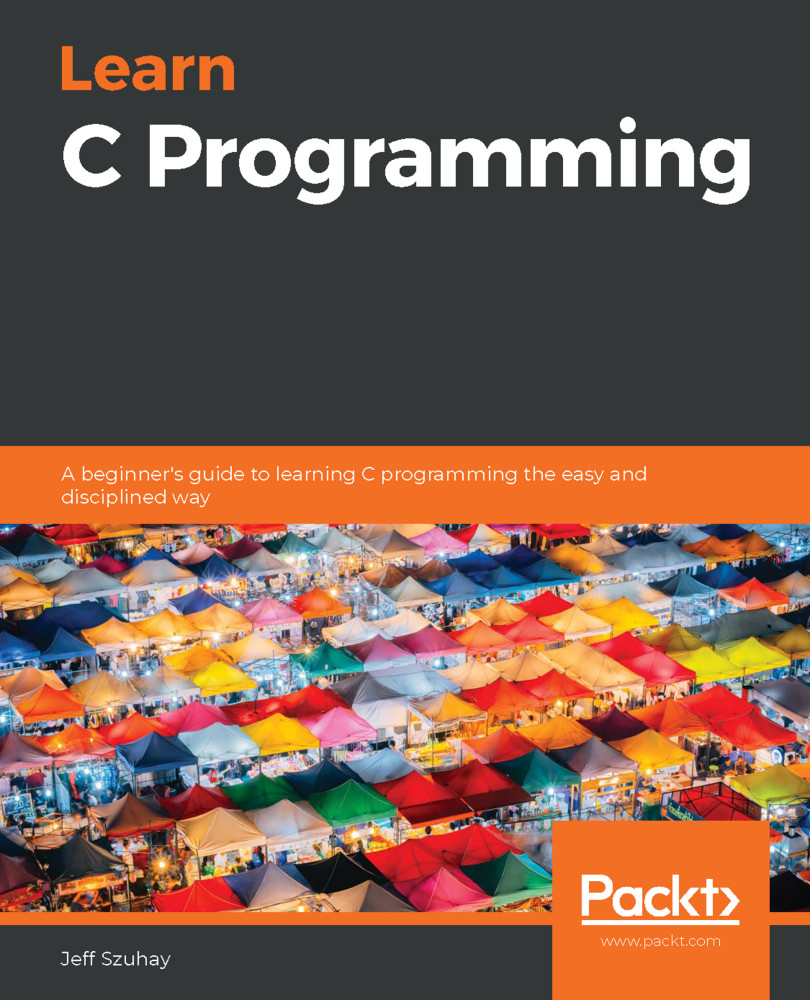In this chapter, we learned how to allocate, release, and manipulate dynamic memory. We learned about some special considerations to take into account when employing dynamic memory, such as memory management and avoidance of memory leaks. To put our knowledge into practice, we implemented a singly-linked list, which can add and remove list nodes to either the front or back of the list. We learned from this that data structures, as well as performing operations on those data structures, can allow us to create very powerful tools. Consequently, our implementation can be reused for any kind of data wherever needed. In doing so, we have gotten an introduction to the power and flexibility of dynamic data structures.
We also employed another flexible mechanism – pointers to functions – and saw how to pass that pointer to another function, as well as call a function using that pointer. Lastly, we got a brief overview of other important dynamic data structures...


